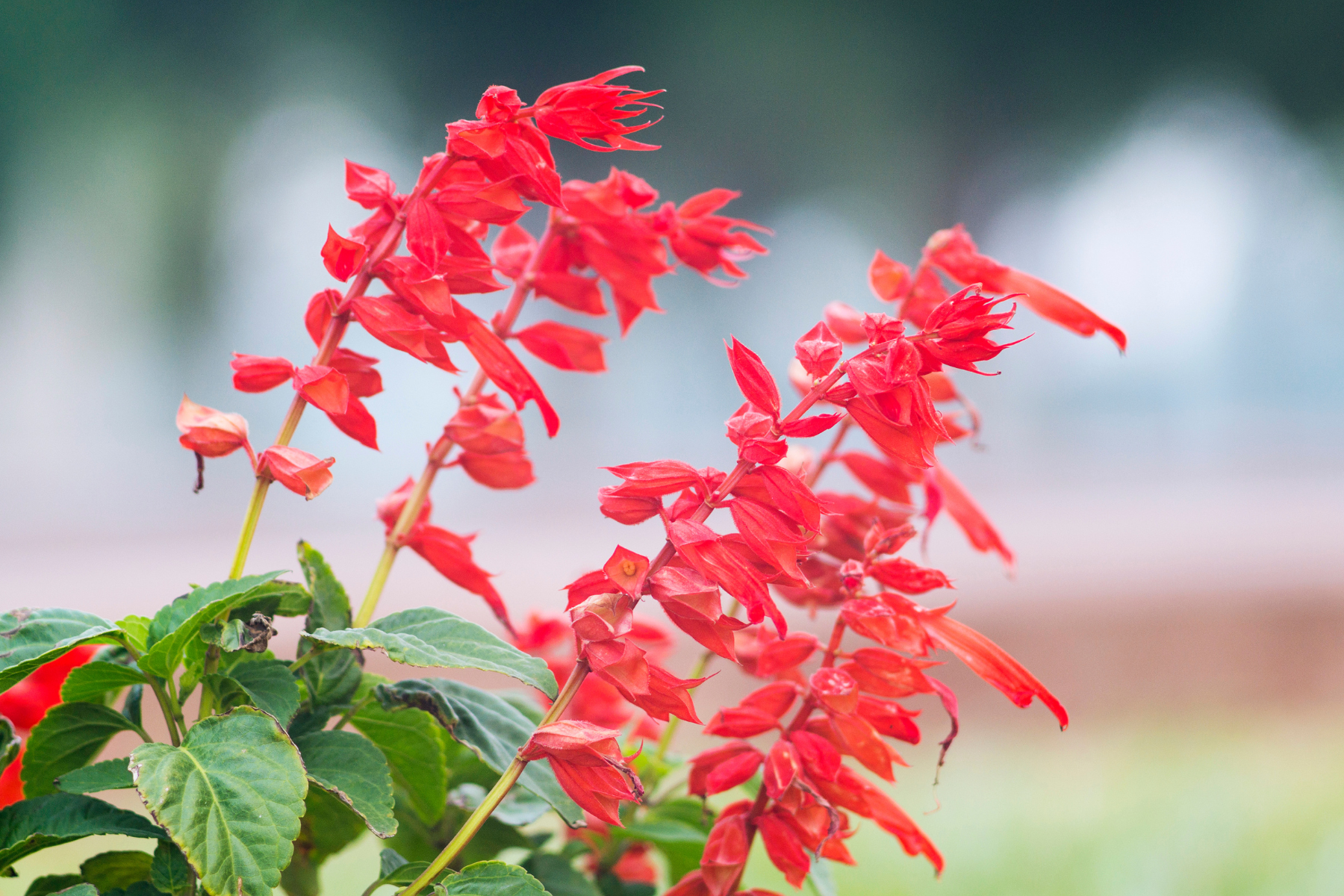Scarlet Sage's Vibrant Beauty: A Perfect Addition to Urban Gardens
The Coastal Prairie Conservancy has collaborated with HNPAT and Clark Condon to create the 9 Natives program, which helps to promote the value of native plants for pollinators and makes native gardening more accessible for newcomers. By bringing bits of the prairie into the city, individuals and families can help support pollinators and learn about the historic coastal prairie landscape. The Coastal Prairie Conservancy has produced a video and supporting materials that demonstrate how to create a pollinator garden and how this will make a difference for local wildlife throughout the city.
Whether you have a backyard or live in an apartment or townhouse with limited yard space, the 9 Natives for Sun and 9 Natives for Shade can bring natural beauty to your surroundings without requiring a lot of maintenance. Check in regularly as we highlight these native species, moving now to the captivating scarlet sage (Salvia coccinea), a stunning wildflower that will add a splash of vibrant color to your urban garden.
Scarlet sage, also known as Texas sage or tropical sage, is a striking wildflower with bright red tubular flowers that bloom abundantly throughout the warmer months. Its slender stems, reaching up to 2-3 feet in height, are adorned with clusters of eye-catching flowers, making it a great addition to any urban garden.
Scarlet sage thrives in full sun, so choose a location that receives at least 6 to 8 hours of direct sunlight each day. If you have limited space, don't worry! Scarlet sage can be grown in containers, hanging baskets, or even window boxes. Just ensure the container has good drainage and use well-draining soil to prevent waterlogging. When it comes to soil, scarlet sage is adaptable and can grow in various soil types. However, it prefers moderately fertile, well-draining soil. If your soil is heavy or rich in clay, consider adding organic matter, such as compost, to improve drainage and provide necessary nutrients.
You can plant scarlet sage from seeds or transplants. Plant seeds directly into the soil after the last frost in your area, following the packet instructions for depth and spacing. Alternatively, you can purchase young transplants from local nurseries and transplant them into your garden or containers. Water the plants regularly during the establishment period, keeping the soil consistently moist. Once established, scarlet sage is relatively drought-tolerant and requires less frequent watering.
Benefits of Scarlet Sage:
Pollinator magnet: Scarlet sage's vibrant red flowers are a magnet for hummingbirds, butterflies, and bees, making it an essential plant for pollinator-friendly urban gardens.
Low maintenance: With minimal care requirements, scarlet sage is perfect for busy urban dwellers. Once established, it can thrive with minimal watering and only occasional fertilization.
Long blooming period: Enjoy the continuous display of scarlet sage's red blooms from spring through fall, adding color and life to your garden.
Native plant resilience: Being a native wildflower, scarlet sage is well-adapted to our local climate and ecosystem, making it more resistant to pests and diseases.
Photo by Ray Mathews, Lady Bird Johnson Wildflower Center
The scarlet sage is a remarkable addition to any urban garden or green space, providing a burst of vibrant red color and attracting important pollinators. Its adaptability to containers and low maintenance requirements make it an ideal choice for urban spaces with limited yard areas. By cultivating scarlet sage, you're not only enhancing the beauty of your surroundings but also fostering a healthier ecosystem.
Stay tuned for our next article where we'll introduce Indian blanket, another native plant from CPC’s 9 Natives program!



